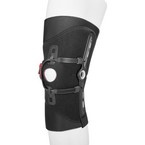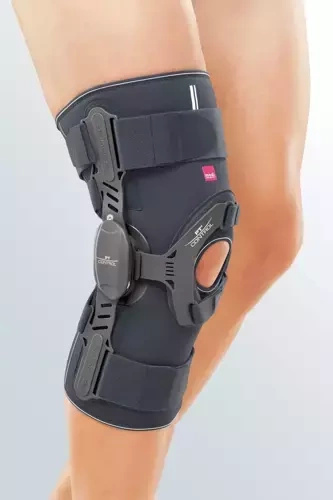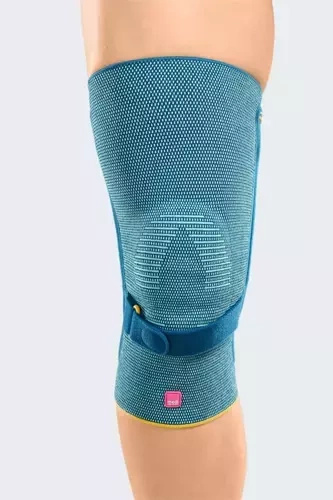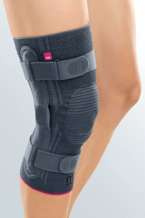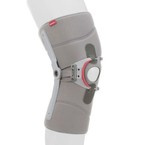Knee Cap Pain Has Many Names
2019-08-05
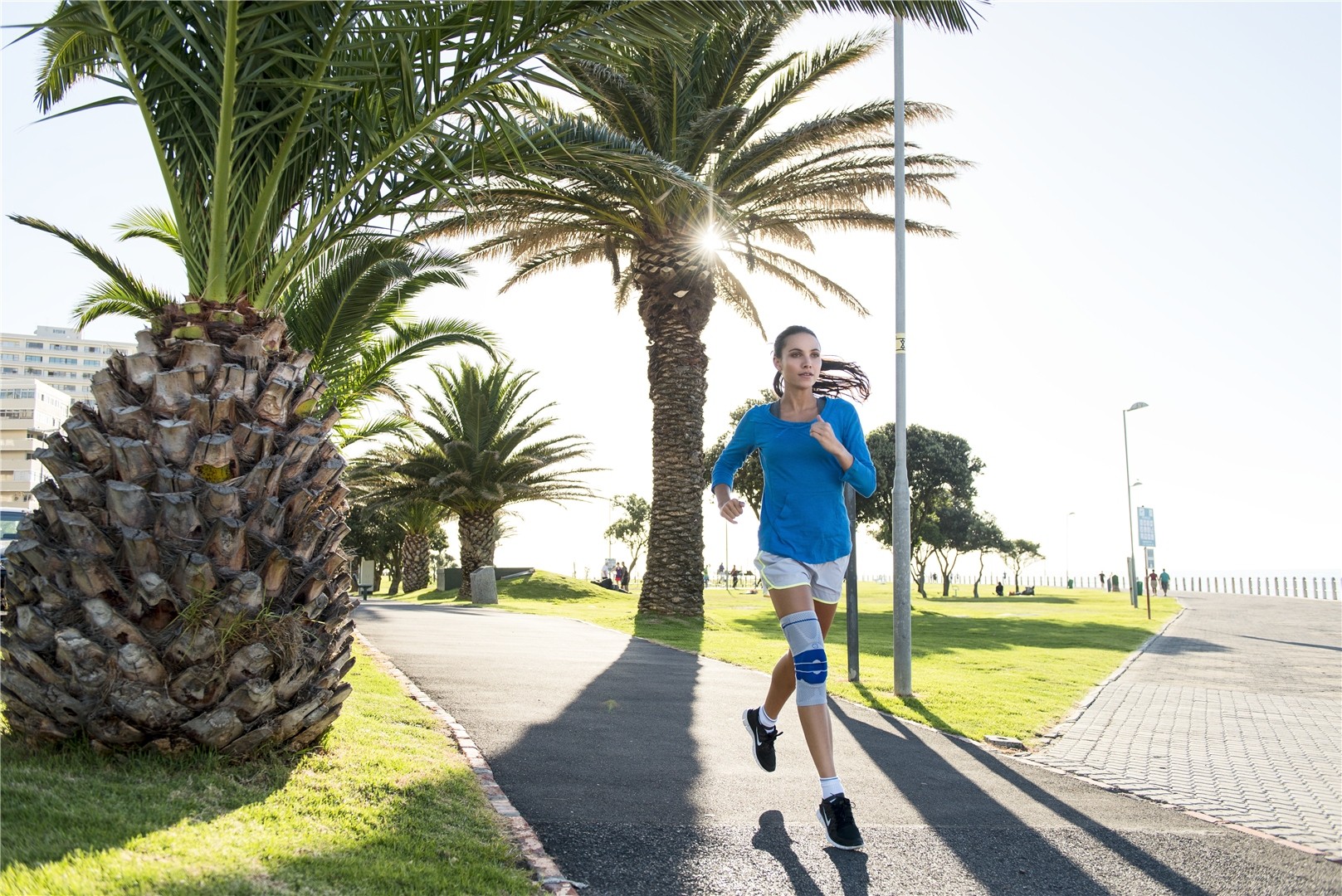 Knee cap pain has many names. It is also known as chondromalacia, runner's knee, patellar tendonitis, floating knee cap or patellofemoral pain syndrome. Each of these conditions are slight variations on the type of knee cap pain that a patient may experience.
Knee cap pain has many names. It is also known as chondromalacia, runner's knee, patellar tendonitis, floating knee cap or patellofemoral pain syndrome. Each of these conditions are slight variations on the type of knee cap pain that a patient may experience. Knee cap pain may also be known as anterior knee pain, which refers to pain in the front of the knee. A painful knee cap may make it difficult to walk or perform other daily activities. Pain in the knee cap is also one of the most common forms of pain that occur in the knee.
Anatomy of the knee cap
The patella (knee cap) sits on the front of the knee joint and it helps with protecting the structures that are involved in the bending and straightening motions of the knee. Tendons in the knee help the knee cap glide as we move. If the knee cap does not move properly, this is known as a tracking issue. Patella tracking issues and misalignment may cause pain in the knee cap.
Who is more likely to have knee cap pain?
Knee cap instabilities and pain can happen to anyone once the knee cap begins to move incorrectly. Most commonly, pain in the knee cap occurs in:
- athletes involved in sports with running or jumping
- workers in jobs that involve lots of walking or heavy lifting
- people who are overweight
- individuals with prior knee cap injuries
- females
- people who have flat feet or are knock-kneed
- patients with arthritis
Where can knee cap pain occur and how is knee cap pain diagnosed?
Pain below the knee cap is common as well as behind the knee cap or on the sides. If you have specific details like this, let your doctor know so he can help diagnose what is causing your knee cap pain. You may want to let him or her know activities you are involved in, including occupational activities and hobbies.
Some patients experience a grinding sensation in the knee cap as it moves, especially when bearing weight during activities like going up and down stairs. These types of symptoms should also be mentioned to your physician.
Once your medical history and current activities are assessed, an imaging test may be requested such as an X-ray or MRI. This will help the doctor determine if the knee cap is in the proper position and also if it is moving correctly over the knee joint.
What is the Treatment?
- Rest
- Losing weight (if needed)
- Running on softer surfaces
- Ensuring that your athletic gear (including shoes and socks) are appropriate for your activities and not worn out
- Wearing inserts for flat feet (if needed)
- Training in the proper techniques to exercise
- Wearing a patellar stabilizer knee brace
- Physical therapy or other exercises to strengthen the areas around the knee
- Surgery (in cases where the knee cap has been damaged and must be repaired to alleviate pain. These cases are rare.)
As always, please consult your doctor or physician for the most appropriate form of treatment for your situation.
Braces & Support for Knee cap pain
Sources:
- Nunley RM, Wright DW, Renner JB, Yu B, Garrett WE. Gender Comparison of Patella-Tendon Tibial Shift Angle with Weight-Bearing. Res Sports Med. 2003; 11:173-185.
- Albright JP et al. Medial Collateral Ligament Knee Sprains in College Football: Effectiveness of Preventive Braces. American Journal of Sports Medicine.1994 22:1. 12-18.
- Najibi S, Albright JP. The Use of Knee Braces, Part 1: Prophylactic Knee Braces in Contact Sports. American Journal of Sports Medicine. 2005 33:4:602-611.
- Sitler M et al. The Efficacy of a Prophylactic Knee Brace to Reduce Knee Injuries in Football: A Prospective, Randomized Study at West Point. American Journal of Sports Medicine. 1990; 18(3):310-315.
Show more entries from
August 2019

